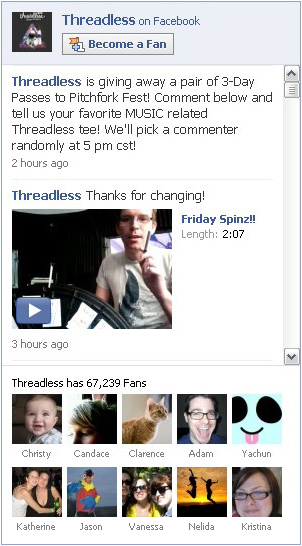![[d]online - Twitter Card Example](https://don.citarella.net/wp-content/uploads/2013/02/donline-e1361234038628.jpg)
If you’re an avid user of Twitter, you’ve probably noticed the new links that show up on the bottom of certain tweets in your feed. The links say “View Summary” and allow you to read the title and excerpt of an article, along with a thumbnail of the article’s featured image. Those links are called Twitter Cards, come in three different varieties: summaries, photos, and play, and have two different layouts: web and mobile.
Twitter Cards help increase your visibility and ensourage users to click to your site by providing more information beyond Twitter’s 140 character limit. Furthermore, design and development studios with Twitter Card functionality built into their site can provide a working example for clients to see how the same functionality can be implemented into their sites.
As with most of Twitter’s APIs, Twitter cards are fairly quick to implement. All you need to do is insert some metadata, test, and apply to participate. To make things even easier, Niall Kennedy has created a WordPress plug-in to automatically scrape your post’s title, permalink, description and image URL for summary Twitter cards. After installing and activating the plug-in, preview your Twitter card by pasting the post’s URL into their preview page.Lastly, you’ll need to apply to participate. Simply enter your site and contact information here and Twitter will reply within 5-10 business days.
